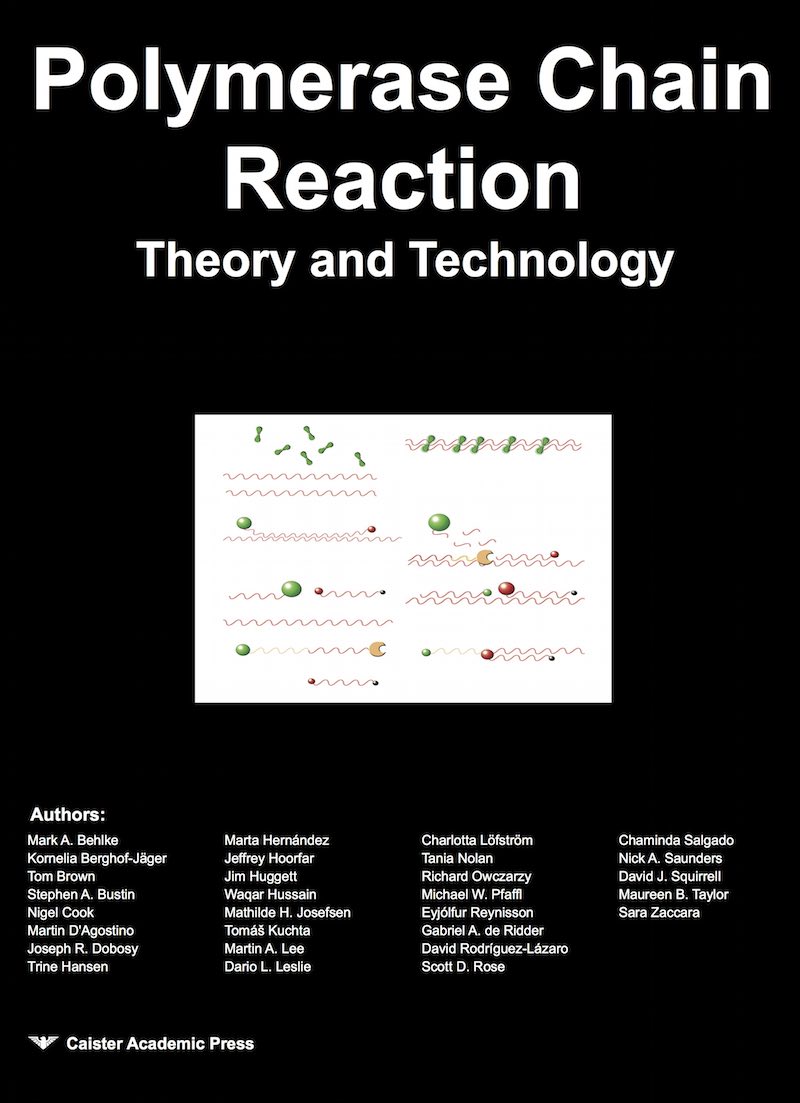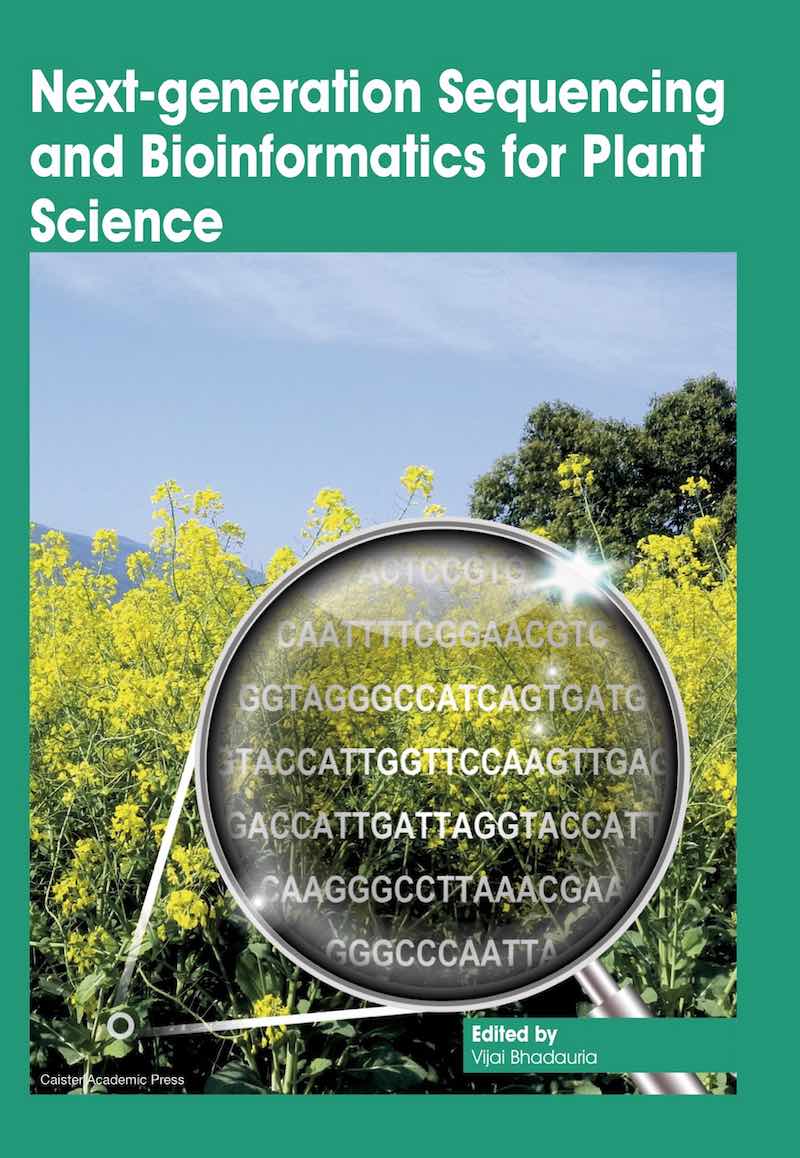Principle of PCR
Principle of PCR
PCR consists of an exponential amplification of a DNA fragment, and its principle is based on the mechanism of DNA replication in vivo: dsDNA is denatured to ssDNA, duplicated, and this process is repeated along the reaction according to the following formula:C = C0(1+E) n
E = 10 -1/s -1; if E= 1 then s= -3.3219
where,
C: final amount of DNA
C0: initial amount of DNA
E: efficiency
n: number of cycles
s: slope of the exponential phase.
During the denaturation step, the dsDNA melts opening up to ssDNA, and all enzymatic reactions stop (i.e. the extension from a previous cycle). To DNA denaturation, the temperature is usually raised to 93-96 °C, breaking the H-bonds and thus increasing the number of non-paired bases. The temperature at which half of the dsDNA is single-stranded is known as the melting temperature, Tm. The type of solvent, the salt concentration and the pH influence the denaturation process. The concentration of G/C and T/A can also affect the Tm value. G/C-rich DNA sequences have higher Tm values compared to those T/A-rich. The second phase, i.e. annealing of primers to ssDNA, takes place at temperatures closer to their Tm (usually 55-65 °C) and is named as temperature of annealing (Ta). The oligonucleotides used as primers typically consist of relatively short sequences (15-25 nt) complementary to recognition sites, flanking the segment of target DNA to be amplified. Once the temperature is reduced, the two complementary ssDNA chains tend to rehybridise into a dsDNA molecule. In this phase, ionic bonds are constantly formed and broken between the single-stranded primer and the single-stranded template. If primers adequately anneal to the template, the ionic bond is strong enough between the template and the primer to stabilise the nascent double stranded structure and allow the polymerase to attach and begin copying the template. The extension phase is carried out across the target sequence by using a heat-stable DNA polymerase in the presence of dNTPs and MgCl2, resulting in a duplication of the starting target material. This enzyme has 5' --> 3' DNA polymerase activity, i.e. it adds dNTPs from 5' to 3' , reading the template from 3' to 5' . When the primers have been extended a few bases, they posses a stronger ionic attraction to the template, which reduces the probability of unbinding. The duration of the extension step can be increased if the region of DNA to be amplified is long (> 1000 bp); however, for the majority of PCR experiments 1 min is sufficient to get a complete extension.
After each cycle, the newly synthesised DNA strands can serve as template in the next cycle. The major product of this exponential reaction is a segment of ds-DNA whose termini are defined by the 5' termini of the 2 primers and whose length is defined by the distance between the primers. The products of a successful first round of amplification are heterogeneously sized DNA molecules, whose lengths may exceed the distance between the binding sites of the two primers. In the second round, these molecules generate DNA strands of defined length that will accumulate in an exponential fashion in later rounds of amplification and will form the dominant products of the reaction.
Thus, amplification, as a final number of copies of the target sequence, is expressed by the following equation:
(2n-2n) x
where,
n is the number of cycles
2n is the first product obtained after the first cycle and second product obtained after the second cycle with undefined length.
x is the number of copies of the original template.
Potentially, after 30 PCR cycles there will be around 230-fold amplification, assuming 100 % efficiency during each cycle. The efficiency of a PCR will vary from template to template and according to the degree of optimisation that has been carried out.
from Rodríguez-Lázaro, D. and Hernández, M. (2013). Introduction to the Real-time PCR published in Real-Time PCR in Food Science: Current Technology and Applications. D. Rodriguez-Lazaro, ed. (Norfolk, UK: Caister Academic Press). ISBN: 978-1-908230-15-7.
Further reading
- Real-Time PCR: Advanced Technologies and Applications
- Real-Time PCR in Food Science: Current Technology and Applications
- Quantitative Real-time PCR in Applied Microbiology



